AOC G2460PF Review
Manufacturer: AOCUK price (as reviewed): £197.99 (inc VAT)
US price (as reviewed): $209.99 (ex Tax)
Continuing our refreshed foray into monitor reviews, we have on our desks today another £200 panel, although it takes a decidedly different approach to the lifestyle/consumer-oriented ViewSonic VX2776-smhd we saw last time. The AOC G2460PF instead targets the gamer crowd with a focus on gaming-centric features and adjustability over style and image quality.
The 24in screen size is a good fit for the 1080p resolution, offering a sharper image than 27in panels with the same resolution do. It also keeps the desk footprint down to a size most can accommodate. It uses a TN panel, which initially might makes the £200 price tag seem inflated – there are numerous 1080p 24in TN screens that can be had for considerably less. However, the AOC G2460PF has a few nifty features up its sleeve to sway you towards it, especially if you're a gamer. Namely, these are a claimed 1ms response time, a 144Hz maximum refresh rate and support for AMD's FreeSync technology.
Low response times, which help to reduce ghosting when there is fast movement on screen, and high refresh rates, which helps to reduce visible tearing and perceived input lag, are common features in gaming-oriented screens, but FreeSync, while more widely available than Nvidia's proprietary G-Sync technology, is rarer. It does give the G2460PF a leg up over its non-FreeSync competitors too, as variable refresh rate technology is a real benefit when playing games – it's hard to go back once you've used a panel with FreeSync or G-Sync, and honestly if you're a frequent gamer we'd say this feature should be number one on your priority list when shopping for a new screen.
Early FreeSync panels suffered from having a narrow range in which FreeSync worked but thankfully that's not the case here. With a minimum refresh rate of 35Hz and a maximum of 144Hz, the G2460PF covers an extremely wide range. Better yet, it supports Low Framerate Compensation (LFC), meaning that if your frame rate dips below 35fps the GPU will set the refresh rate to a multiple of what the frame rate is so that synchronisation is maintained, reducing tearing and motion judder. This is a great feature, although honestly if you're regularly dropping below 35fps at 1080p you should look at upgrading your graphics hardware or dropping the settings a bit.
Aesthetically, the G2460PF is nothing special but it looks nice enough, with bezels that are plastic but have a brushed metal finish and aren't too thick. There's also a red strip along the bottom, but it's not big or garish enough to be distracting.
The monitor is extremely easy to assemble, involving just one tool-free screw to attach the base to the stand. Once built, the G2460PF offers the full suite of adjustment options – it can easily move up and down through 130mm, rotate by 90° into portrait mode and tilt forwards by 5° or backwards by 22°. You can also pivot it left to right (165° in each direction), with the base spinning while the bottom part remains fixed with its rubber padding.
With DVI, VGA, HDMI and DisplayPort connectors all included, you're pretty much fully covered in this regard. There's also a pair of 3.5mm audio jacks – one for headphones, one for input – although the speakers are predictably poor and you definitely wouldn't want to game regularly with them. All these ports are down-facing, which can be handy for cable management but will make things fiddly if you're frequently swapping cables. Speaking of cable management, a red clip-on cable tidy is supplied with the screen too.
Other features include support for a Kensington security lock as well as a built-in USB 2.0 hub that gives you four USB ports – two on the right side and two more on the back, again down-facing. A cable is supplied so you can power this hub, and VGA, HDMI and DisplayPort cables also come with the screen as well as a male-to-male 3.5mm audio cable.
The menu buttons are located on the underside of the screen with some front-facing symbols indicating what they're used for. The furthest right button toggles power with the remaining four controlling the menu. You get quick access to input selection, Game Mode and volume or you can open up and browse the full menu for more detailed settings.
The menu is a little cumbersome to navigate with the four buttons, but it's efficiently laid out with its tab-based interface. Settings to take note of include gamma, where you have three different options and Game Mode, which has options for Racing, RTS, FPS and a couple of custom profiles. You can also control overdrive, turning it off or setting it to weak, light, medium (the default setting) or strong, and as well as custom RGB controls there are settings for warm (default), normal, cool and sRGB.
Specifications
- Screen size: 24in
- Resolution: 1,920 x 1,080
- Aspect ratio: 16:9
- Maximum refresh rate: 144Hz
- Variable refresh rate: AMD FreeSync
- Brightness: 350cd/m2
- Contrast ratio: 1,000:1
- Response time: 1ms
- Connectors: Dual-link DVI-D, DisplayPort, HDMI, VGA
- USB: 4 x USB 2.0 hub
- VESA wall-mount: Yes, 100 x 100
- Adjustments: Height, rotation, tilt, pivot
- Speakers: 2W

MSI MPG Velox 100R Chassis Review
October 14 2021 | 15:04


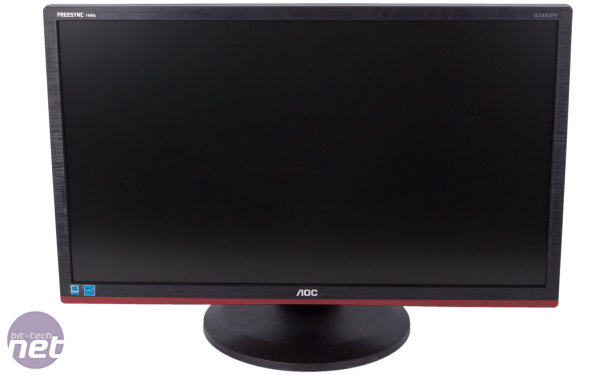
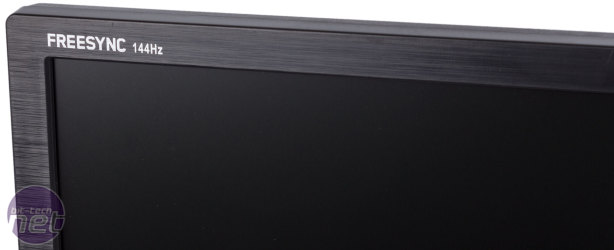


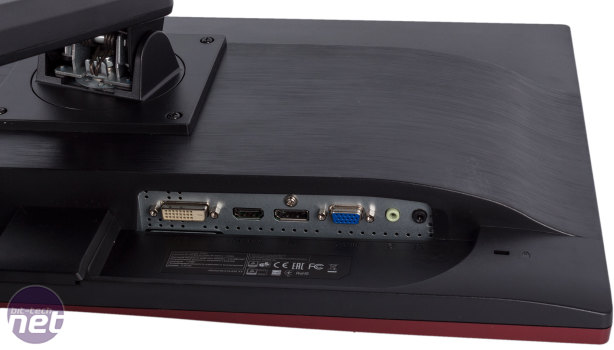
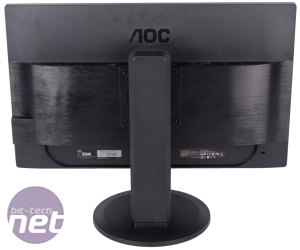

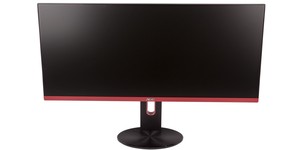
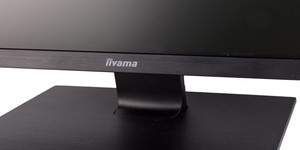
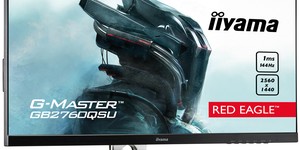




Want to comment? Please log in.